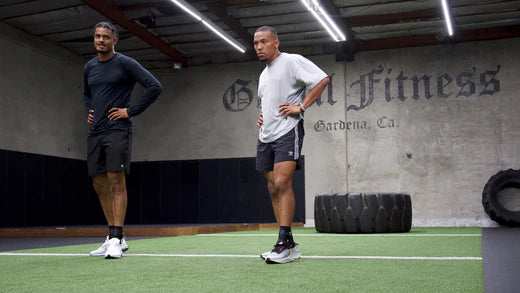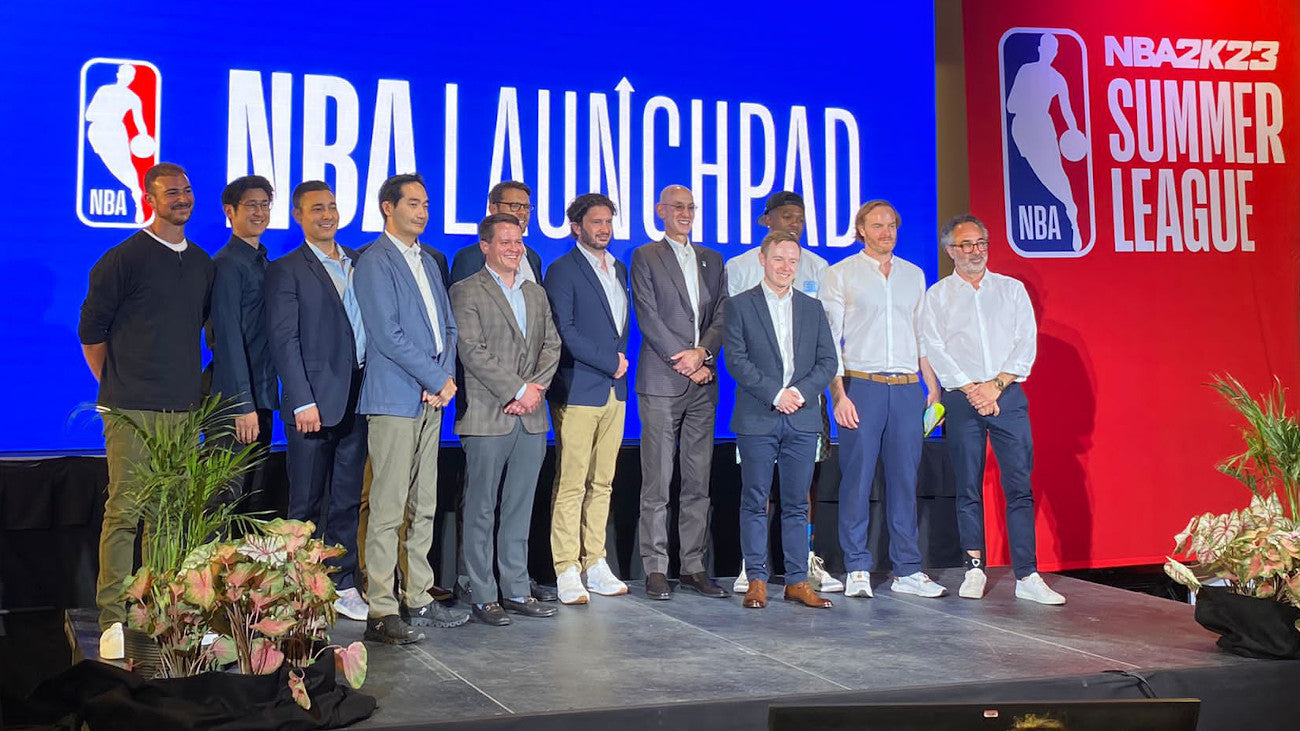In order to show the function and added value of our technology, we carried out a study together with the Charité Berlin and the TU Berlin in 2019. The study was funded by the Federal Ministry of Education and Research (BMBF). The aim of the study was to show the effectiveness and safety of the Betterguards technology on test persons.
16 athletes with chronic ankle instability were examined in the movement analysis laboratory. The ankle bandage test was carried out with and without the Betterguards system on two different days.
The athletes performed various sporting movements such as running, jumping, landing and changing direction. There was also a test on a specially developed "buckling platform". A twisting of the ankle was simulated here without anyone being able to injure themselves. The protective effect in high-risk situations was shown particularly well.

A "placebo orthosis" without functioning Betterguards technology was used in the implementation. Thus, subjects did not know whether active or passive technology was built into the orthosis. In addition, the experimenter was blinded. This ruled out a placebo effect in the test person and thus an adapted behavior on the test bench.
On which day and in which order the subjects wore the Betterguards orthosis, the placebo orthosis or no orthosis was randomly assigned. It is therefore a high-quality study design in which the results are very meaningful. 
A marker-based 3D motion capture system was used (like the one used for motion simulation in animated films). In this way, the movements of the test persons' joints were precisely measured. In addition, force plates were used, which are embedded in the floor and the force z. B. acts on the body during a landing, can measure. The loads on each individual joint could be calculated using the recorded values.
The results of the ankle brace comparison
The results of the measurements on the twisting platform showed that the use of the Betterguards orthosis resulted in significantly lower twisting angles. The placebo orthosis had no effect.
In addition to the proven protective effect, the natural gait pattern was compared during the sporting movements performed. This ruled out the possibility that wearing the orthosis would have a negative impact on the surrounding joints. The results showed that there were no changes in the movement sequences in the ankle and knee.
In summary, it can be said that the independent study by the Charité was able to prove both the limitation of the twisting angle in critical moments and the freedom of movement during sporting movements.




